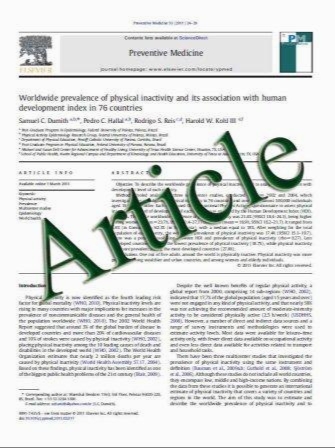Comparison of the response of primary human peripheral blood mononuclear phagocytes from di!erent donors to challenge with model polyethylene particles of known size and dose
- نوع فایل : کتاب
- زبان : انگلیسی
- مؤلف : J. Bridget Matthews*, Tim R. Green, Martin H. Stone, B. Mike Wroblewski, John Fisher, Eileen Ingham
- چاپ و سال / کشور: 2000
Description
The response of primary human peripheral blood mononuclear phagocytes to challenge with polyethylene particles of known size and dose was evaluated. Particles with mean sizes of 0.21, 0.49, 4.3, 7.2, and 88 lm were co-cultured with cells for 24 h prior to the assessment of cell viability and production of the osteolytic mediators IL-1b, IL-6, TNFa, GM-CSF and PGE2. All particle fractions were evaluated at particle volume (lm3) to cell number ratios of 10 : 1 and 100 : 1 which were previously identi"ed as being the most biologically active and clinically relevant. The heterogeneity of human individuals was clearly evident both in the pro"le and the magnitude of the response of the donors evaluated in this study (the response of donor 5 being 2- to 15-fold lower than that of the other donors). Only the sub-micrometre particles stimulated signi"cantly enhanced cytokine secretion at the ratios tested: mean particle sizes of 0.49 and 0.21 lm being the most biologically active. Macrophages stimulated with particles outside this size range produced considerably lower levels of mediator. These results compared favourably with the results of earlier studies, which demonstrated that particles within the phagocytosable size range (0.1}10 lm) were the most biologically active. These results, therefore, con"rm earlier "ndings and suggest that the size and volume of polyethylene particles are critical factors in macrophage activation. Furthermore, they suggest that the heterogeneity of human individuals may be another important factor in determining implant life and could provide the basis for a valuable diagnostic tool to identify those patients most at risk of implant loosening. ( 2000 Elsevier Science Ltd. All rights reserved.
Biomaterials 21 (2000) 2033}2044 Received 14 December 1998; accepted 22 March 2000


